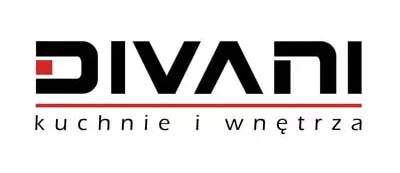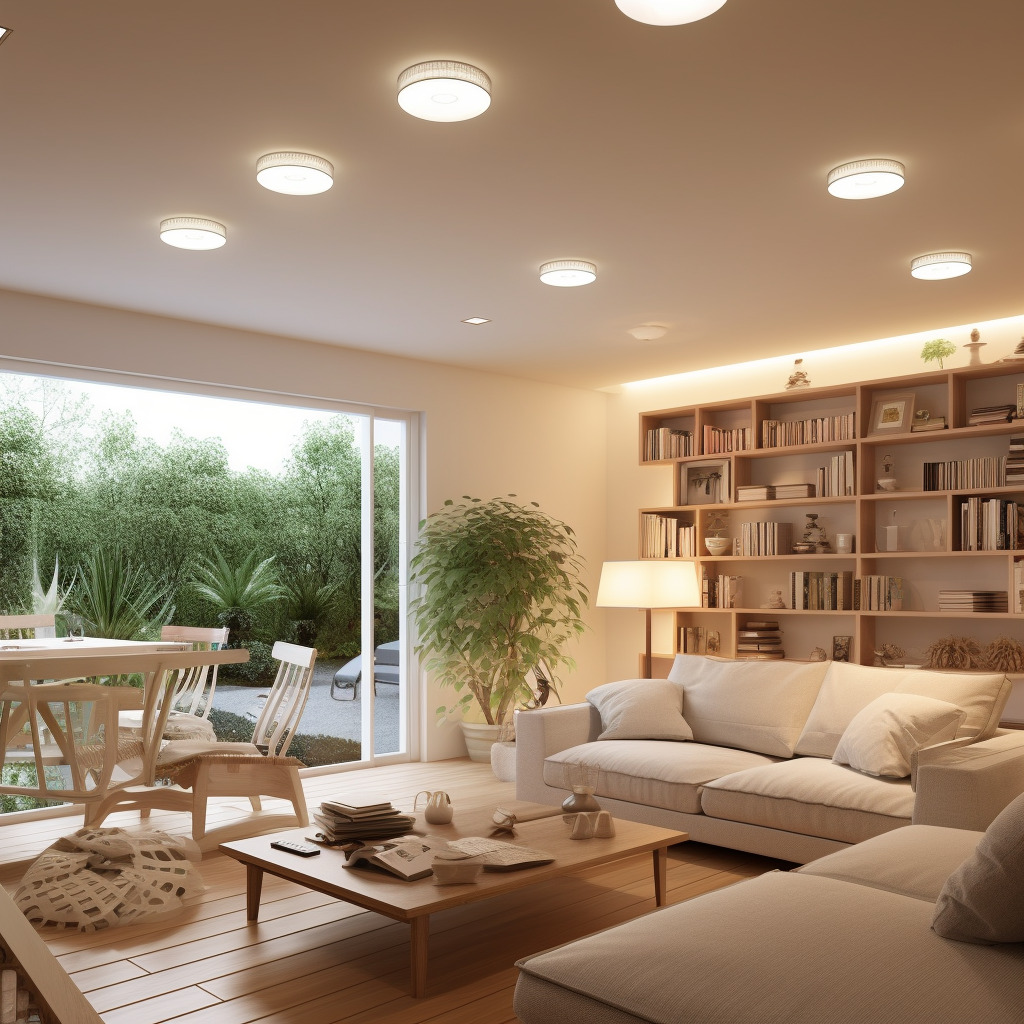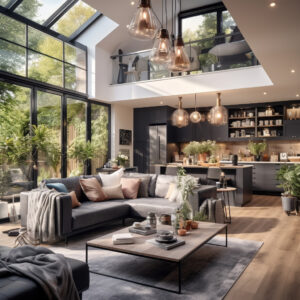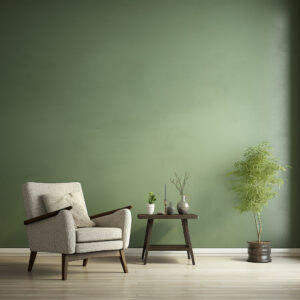How to Choose Energy-Efficient Lighting for Your Home
Introduction
In the pursuit of a harmonious and well-appointed home, lighting stands as a paramount element, transforming mundane spaces into captivating experiences. At the convergence of form and function lies energy-efficient lighting—an innovation that allows homeowners to luminously sculpt their environment while conserving energy and cutting costs. Beyond the allure of saving on electricity bills, the choice for energy-efficient lighting solutions also manifests a commitment to environmental stewardship. This undeniable synergy of aesthetics, functionality, and sustainability brings to the forefront an interior design revolution that radiates through every layer of our domestic life.
Key Elements of Impactful Interior Design
When stepping into the realm of interior design, a plethora of key elements beckon for meticulous consideration:
- The Color Palette: Colors hold the power to evoke emotions and set the mood within a space. As designers, we leverage this by carefully selecting shades and tones that resonate with the room’s purpose—be it a calming azure for a restful bedroom or an invigorating scarlet hue to animate a lively living room.
- Functional Furniture Layout: Every inch of space matters. Strategic furniture placement can expand a room visually, facilitate movement, and define functional zones. Integrating pieces that serve multiple purposes, like a storage ottoman, maximizes utility without compromising on style.
- Adaptive Lighting: A radiant layer to interior design, lighting must adapt to practical necessities and conform to the environmental ambiance we aspire to create. From dimmable overhead fixtures to tactically positioned task lamps, lighting versatility illuminates the true potential of any space.
-
Accessorizing with Intent: The final brushstrokes to your interior masterpiece come in the form of accessories—wall art, throw pillows, and ornaments—that infuse personality and narrate your aesthetic tale.
-
Texture Variety: Tactile dimensions play a vital role in enlivening interiors. A juxtaposition of diverse materials, such as a supple leather couch against a sleek glass coffee table, enriches the sensory experience.
-
Energy-efficient Lighting: The crossroads of technology and design, energy-efficient lighting not just uplifts spaces but also embodies a responsible choice. From LED bulbs to smart light systems, these fixtures cast an eco-friendly glow that resonates with the modern ethos.
Tips for Energy-efficient Lighting
-
Evaluate the Functionality of Each Room:
- Different spaces demand varying lighting intensities. For task-oriented areas like the kitchen or office, aim for bright, focused lighting, while living areas might benefit from softer, ambient options.
- Choose the Right Type of Bulbs:
- LEDs are the pinnacle of energy-efficient lighting. They consume a fraction of the energy of traditional bulbs and have a longer lifespan, making them a wise investment for both the pocket and the planet.
- Embrace Smart Lighting Solutions:
- Smart home technology has galvanized the lighting industry. Opt for fixtures compatible with automation systems that allow for the adjustment of brightness and color temperature, often via smartphone applications.
- Leverage Natural Light:
- Maximizing natural light can significantly reduce your reliance on artificial sources during the day. Strategically placing mirrors to reflect daylight can brighten up rooms without flicking a single switch.
- Consider Light Layering:
- Combining various lighting types—ambient, task, and accent—caters to different activities and time of the day, ensuring balanced illumination while being energy conscious.
FAQ about Energy-efficient Lighting
What are the benefits of switching to energy-efficient lighting?
– Answer: Energy-efficient lighting offers a multitude of advantages including significant reductions in electricity consumption and greenhouse gas emissions, lower utility bills, and decreased need for bulb replacements due to the extended lifespan of energy-saving fixtures.
How do LED lights save energy compared to traditional incandescent bulbs?
– Answer: LEDs are designed to be more than 80% more efficient than incandescent lights. They emit light in a specific direction, minimizing the need for reflectors and diffusers that can trap light. This efficiency translates into direct energy savings and less heat production.
Can energy-efficient lighting really enhance home décor?
– Answer: Absolutely. Modern energy-efficient fixtures come in various shapes, sizes, and styles, offering aesthetic flexibility to enhance any décor. Their ability to replicate various light temperatures—from warm yellow to cool white—also allows for nuanced ambiance adjustments.
What should I look for when purchasing energy-efficient light fixtures?
– Answer: Look for the ENERGY STAR label, which signifies compliance with energy efficiency standards. Consider the fixture’s lumens (light output), color temperature, lifespan, and compatibility with dimmer switches or smart home systems.
Are smart lighting systems worth the investment?
– Answer: Smart lighting systems offer an unparalleled level of control and customization over your home’s lighting, from scheduling to remote access. Over time, the energy savings and convenience they offer can justify the initial investment.
Selecting the right energy-efficient lighting is a nuanced process that extends beyond mere functionality. It’s an artistic collaboration between technology and design sensibilities, culminating in a living space that’s both environmentally responsible and enchantingly beautiful. As you embrace the glow of energy efficiency, remember that each luminescence choice you make can contribute to the tale your home tells—a narrative woven with threads of light and mindful living.




